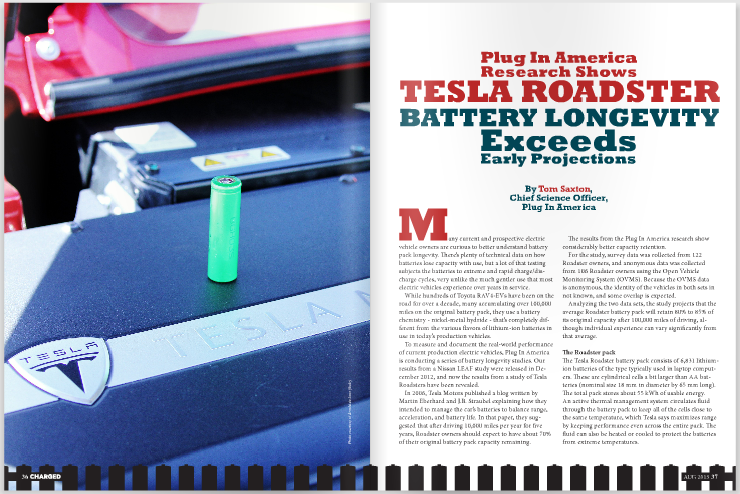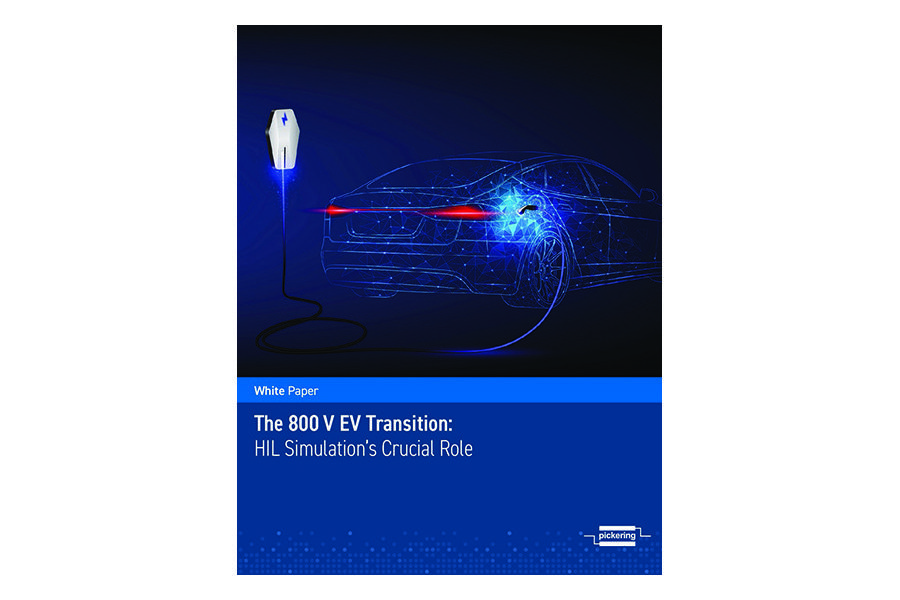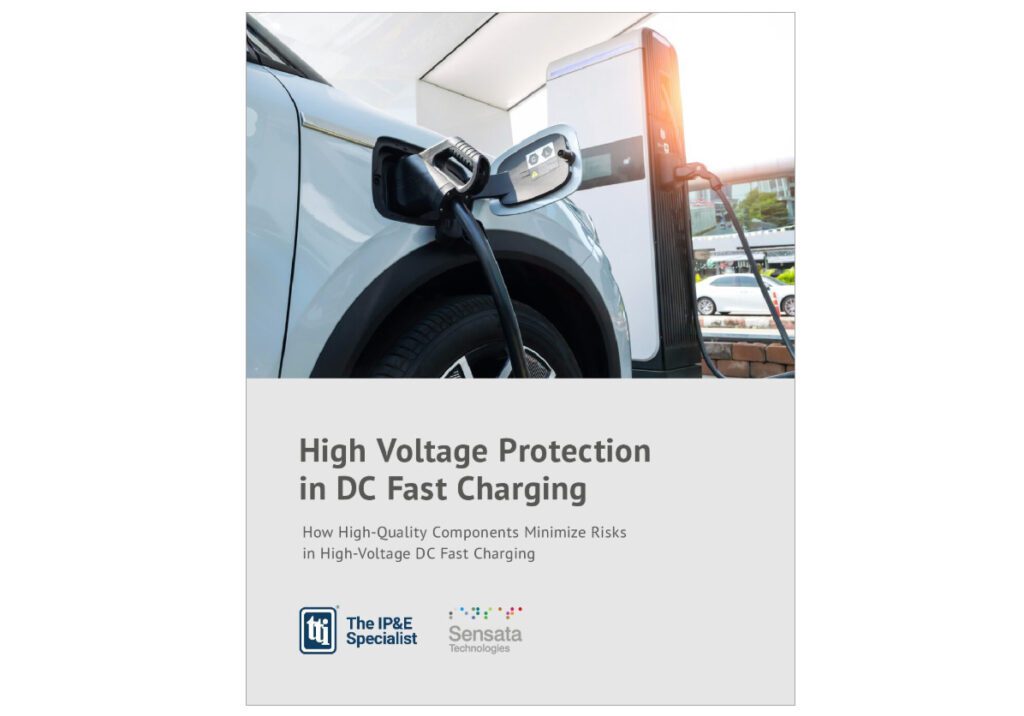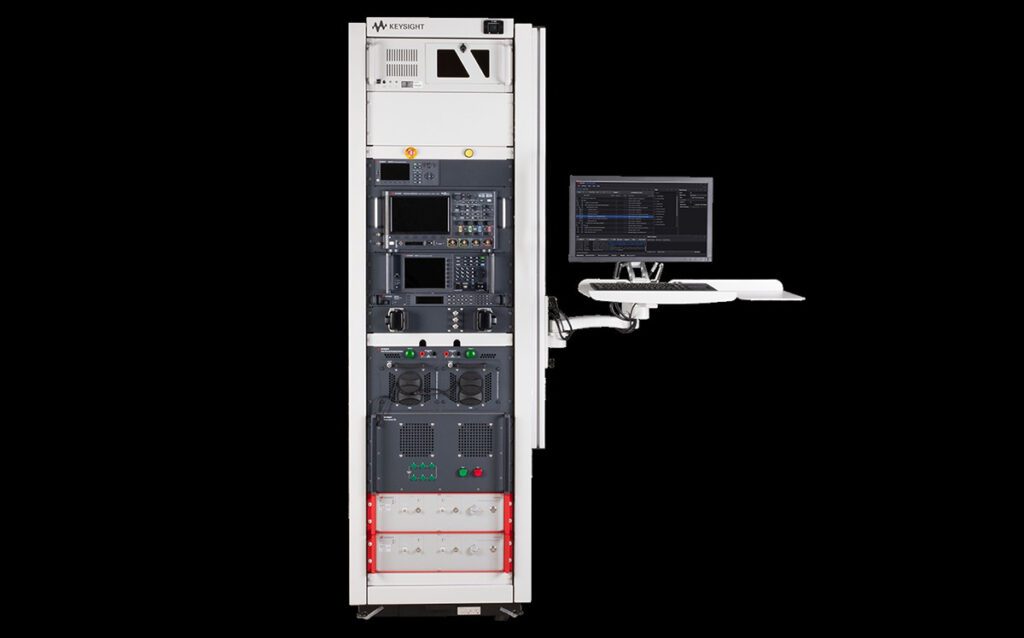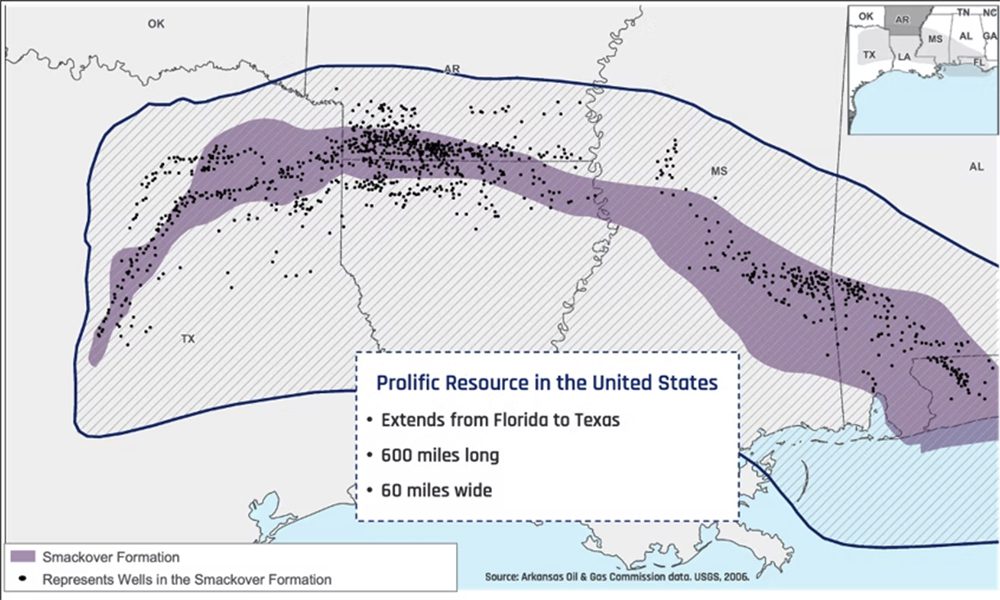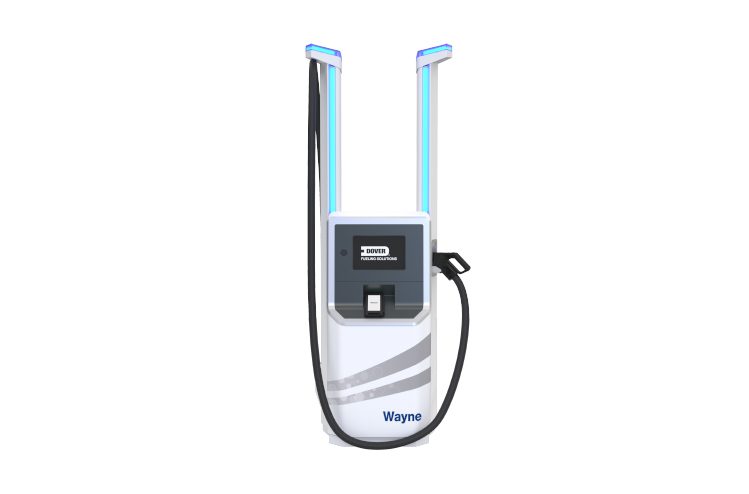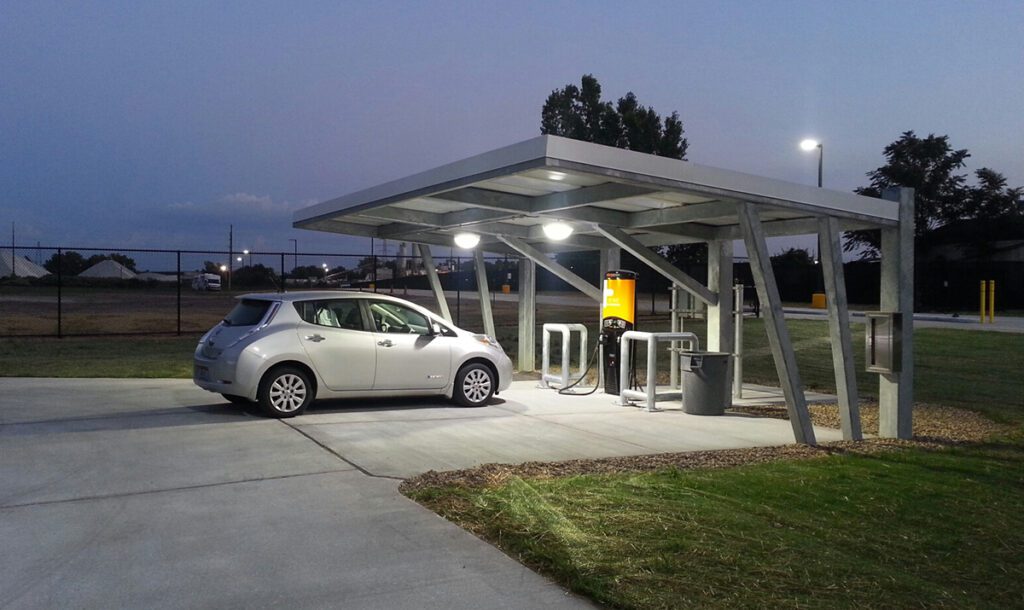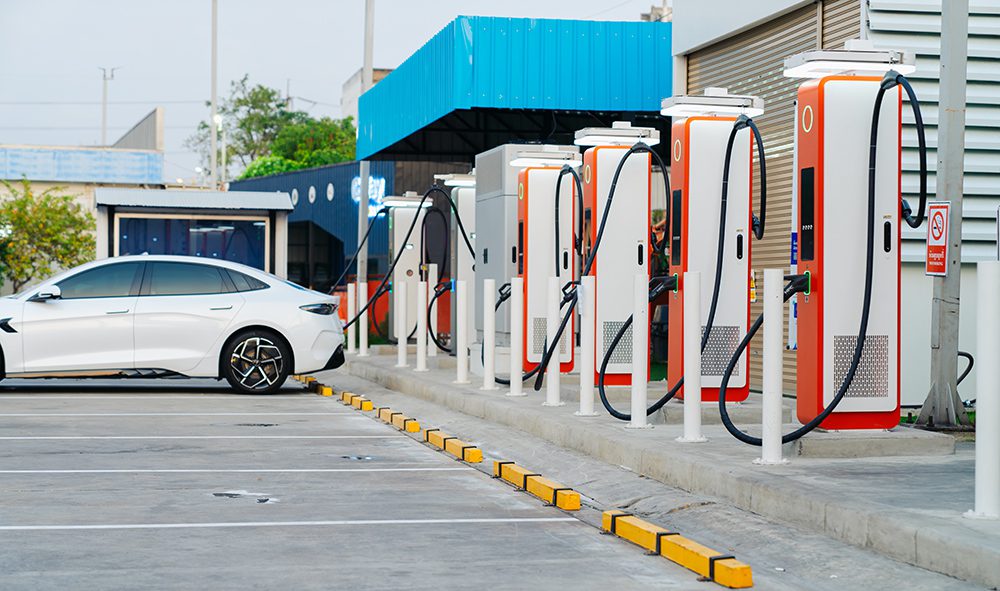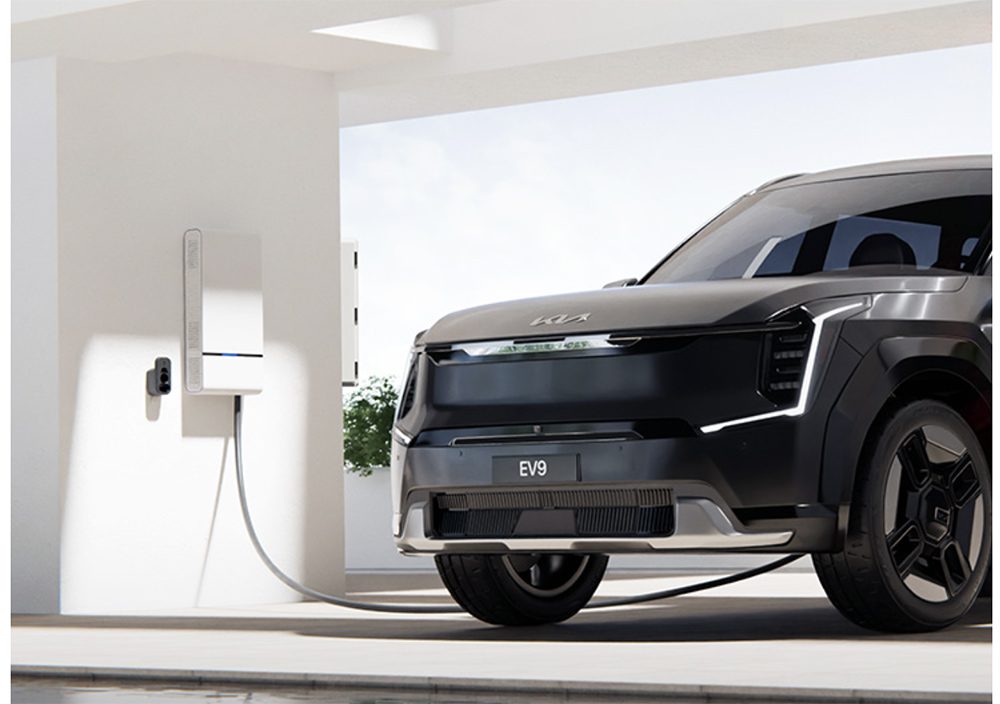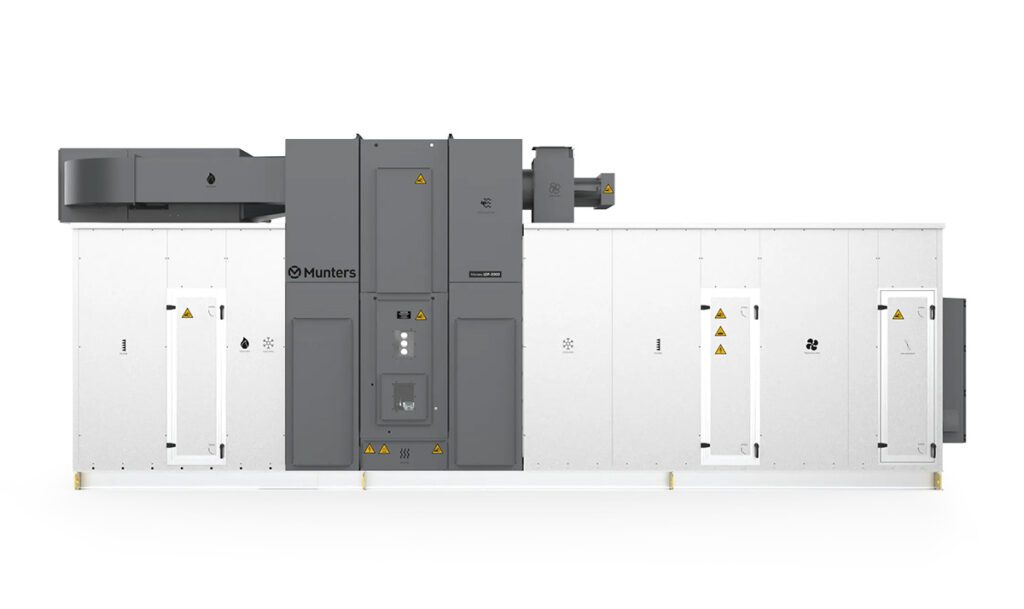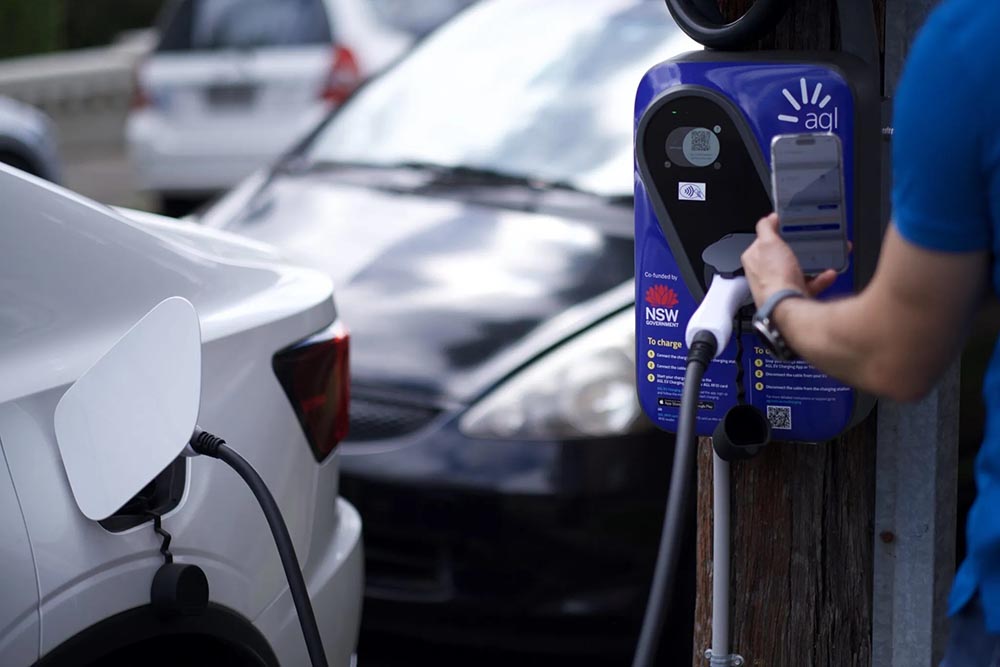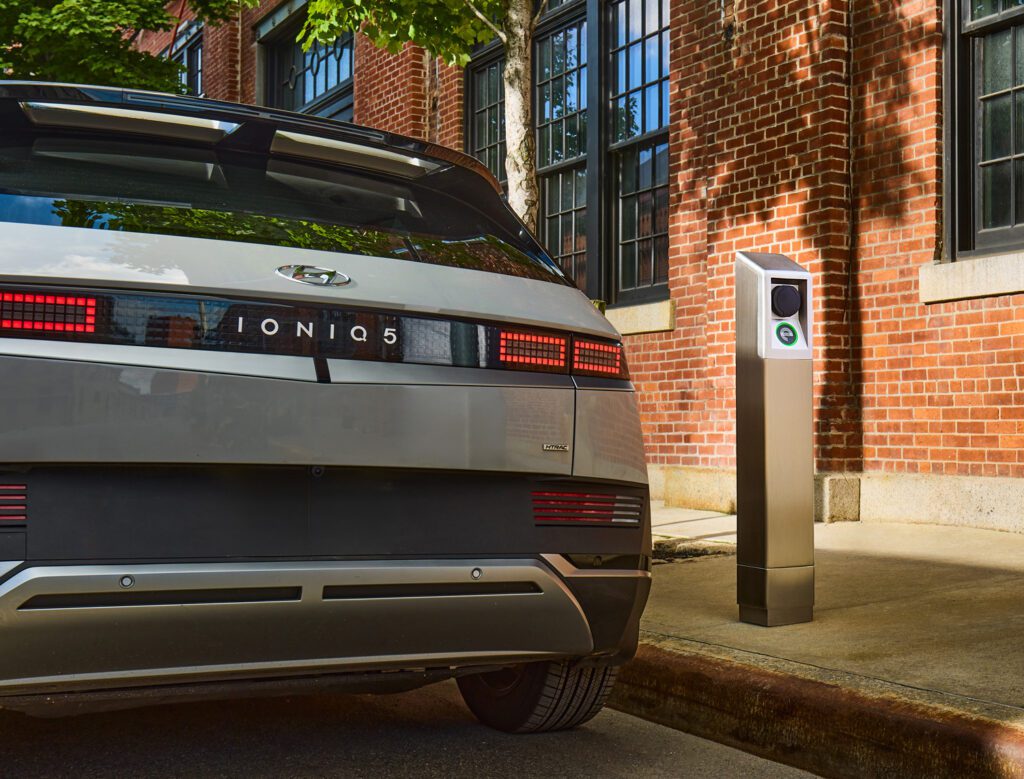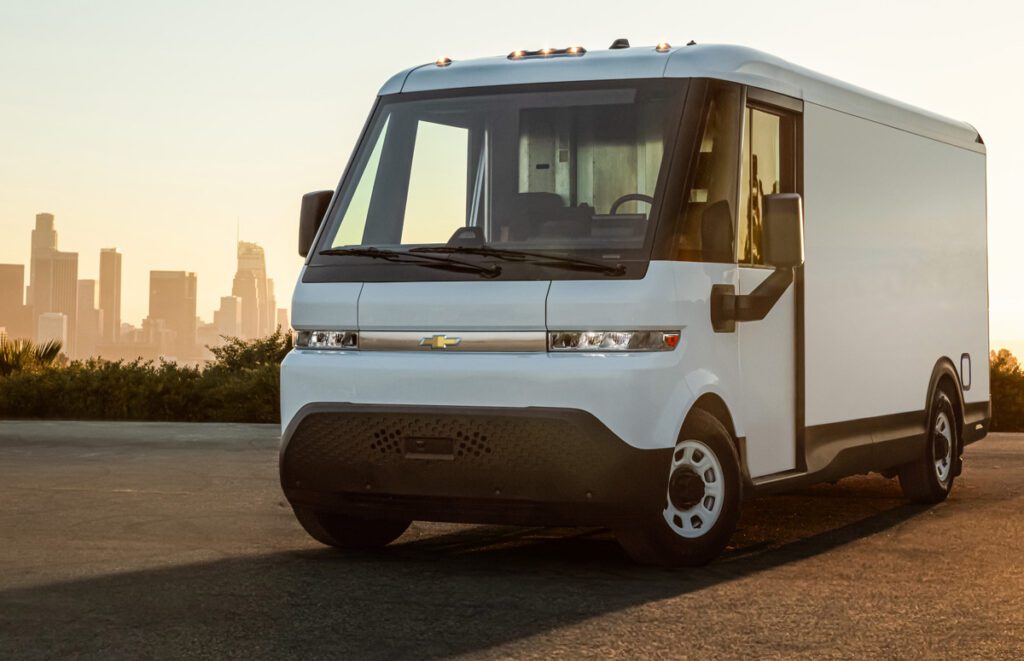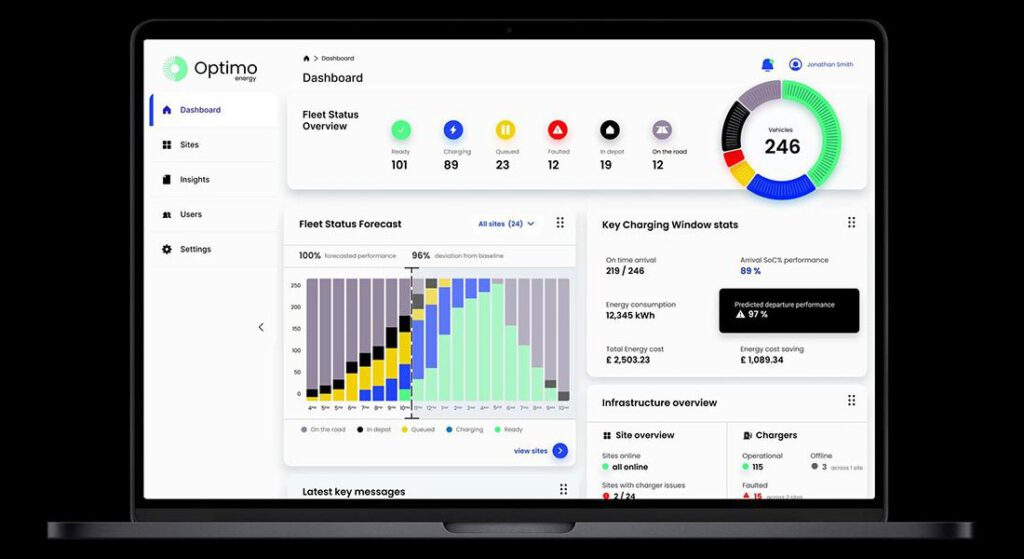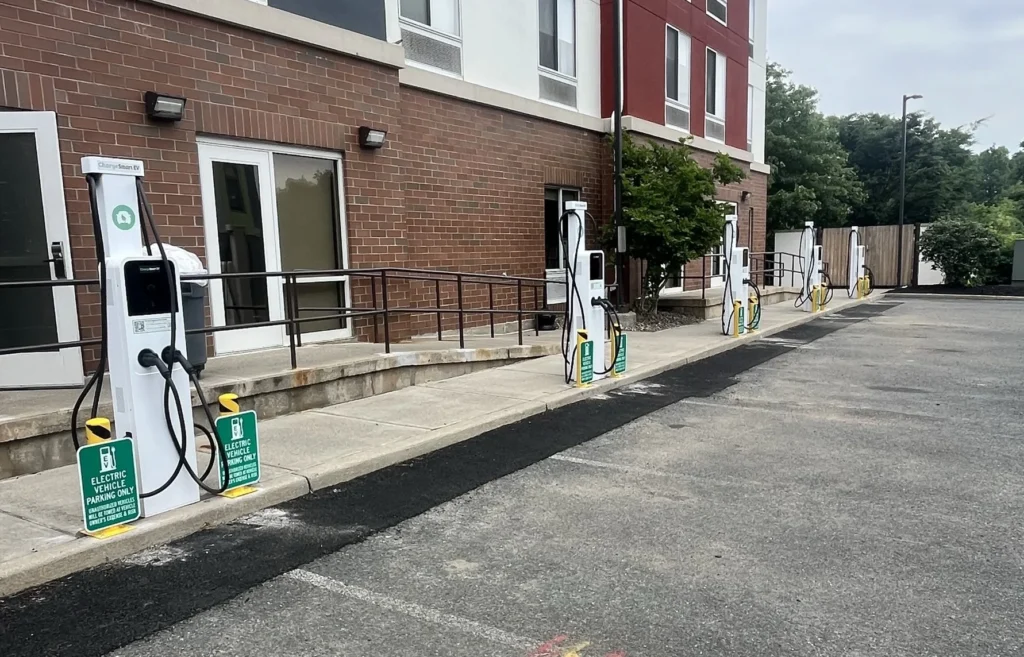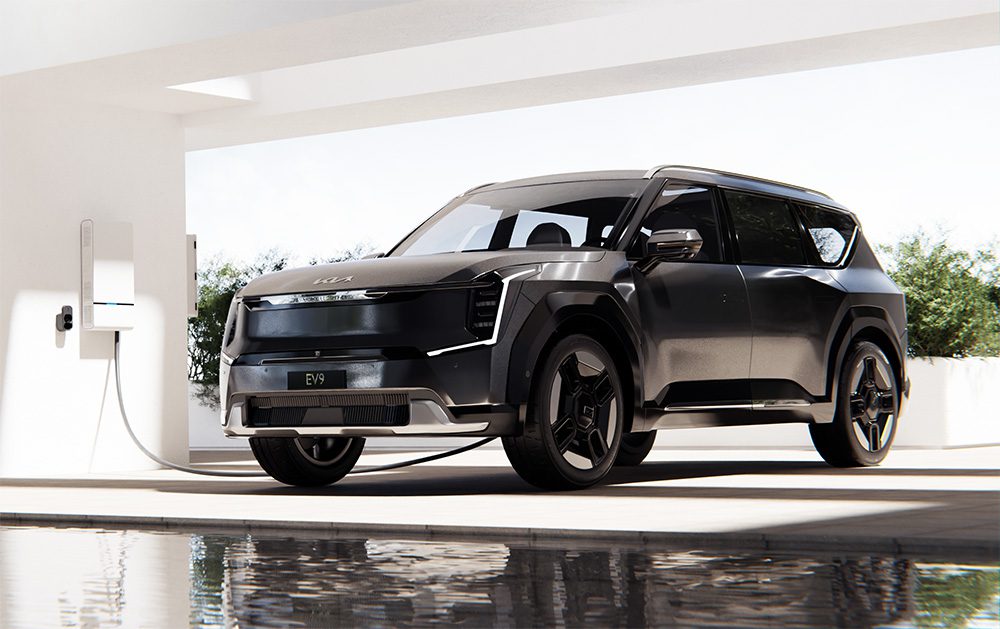By Tom Saxton, Chief Science Officer, Plug In America
Many current and prospective electric vehicle owners are curious to better understand battery pack longevity. There’s plenty of technical data on how batteries lose capacity with use, but a lot of that testing subjects the batteries to extreme and rapid charge/discharge cycles, very unlike the much gentler use that most electric vehicles experience over years in service.
While hundreds of Toyota RAV4-EVs have been on the road for over a decade, many accumulating over 100,000 miles on the original battery pack, they use a battery chemistry – nickel-metal hydride – that’s completely different from the various flavors of lithium-ion batteries in use in today’s production vehicles.
To measure and document the real-world performance of current production electric vehicles, Plug In America is conducting a series of battery longevity studies. Our results from a Nissan LEAF study were released in December 2012, and now the results from a study of Tesla Roadsters have been revealed.
In 2006, Tesla Motors published a blog written by Martin Eberhard and J.B. Straubel explaining how they intended to manage the car’s batteries to balance range, acceleration, and battery life. In that paper, they suggested that after driving 10,000 miles per year for five years, Roadster owners should expect to have about 70% of their original battery pack capacity remaining.
The results from the Plug In America research show considerably better capacity retention.
For the study, survey data was collected from 122 Roadster owners, and anonymous data was collected from 106 Roadster owners using the Open Vehicle Monitoring System (OVMS). Because the OVMS data is anonymous, the identity of the vehicles in both sets in not known, and some overlap is expected.
Analyzing the two data sets, the study projects that the average Roadster battery pack will retain 80% to 85% of its original capacity after 100,000 miles of driving, although individual experience can vary significantly from that average.
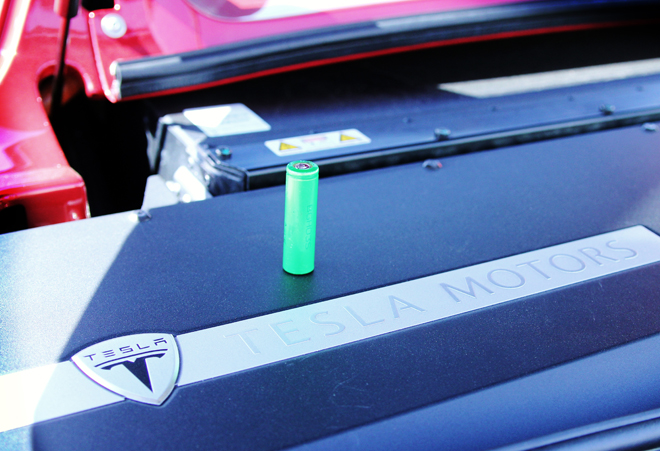
The Roadster pack
The Tesla Roadster battery pack consists of 6,831 lithium-ion batteries of the type typically used in laptop computers. These are cylindrical cells a bit larger than AA batteries (nominal size 18 mm in diameter by 65 mm long). The total pack stores about 55 kWh of usable energy. An active thermal management system circulates fluid through the battery pack to keep all of the cells close to the same temperature, which Tesla says maximizes range by keeping performance even across the entire pack. The fluid can also be heated or cooled to protect the batteries from extreme temperatures.
There are three common ways to read the capacity of the Roadster pack, two that involve reading the estimated range after a charge and a third that uses the Roadster’s internal estimate of pack capacity.
Standard mode ideal miles
Standard mode yields about 80% of a full charge and is the default for daily driving. After doing a full Standard mode charge, the driver can read the estimated range. Estimated range is given in ideal miles, which are an absolute range estimate not related to recent driving, so we can compare ideal mile reading across cars, drivers, and driving conditions. An ideal mile is the amount of energy required to drive a Roadster one mile on level freeway at 55 to 60 mph in moderate weather.

Range mode ideal miles
In Range mode, the Roadster will charge the battery to its maximum charge. Roadster owners typically use Range mode only when the full range of the pack is needed for an extended trip. Reading the ideal miles after a Range mode charge will give an estimate of the pack’s full capacity. It takes some effort to get a good Range mode reading, because the Roadster will continue running the thermal management system after the charge completes, which consumes energy from the pack. So, to get a good reading, it must be read shortly after the charge completes, at a time not known in advance.
Calculated amp-hour capacity (CAC)
The Roadster maintains an internal estimate of the pack’s capacity in amp-hours. This number can be read any time – it doesn’t have to be read immediately after a charge completes, however, it’s not directly visible to the driver. A Tesla service technician can read the value for the owner; it can be read from the car’s logs using tools developed by the Roadster owner community; or it can be read by the OVMS device. Tesla service technicians have told owners that CAC is the best measure of a pack’s capacity.

Battery capacity by miles driven
Figure 1 shows the Roadster data from the surveyed participants, excluding those that have had a full or partial battery pack replacement. It shows three measures of battery pack capacity: ideal miles in Range mode (full charge), ideal miles in Standard mode (default 80% charge), and the calculated amp-hour capacity (CAC) of the pack.
As you can see, there is a gradual downward trend, but also considerable variation in battery capacity among Roadsters with similar odometer readings, so owners may experience a capacity profile above or below the average trend lines shown.
A recent update to the data set included the highest-mileage Roadster to date, with more than 100,000 miles. This data point was not available when Plug In America released the initial study results, yet it follows the projected trend line.

Figure 2 includes the data collected anonymously from 106 Roadsters whose owners have added the OVMS device to their cars. This data set is less self-selected than the survey data, and also allows determining a potentially more accurate measure of the ideal range shortly after a Range mode charge (which generally finishes in the middle of the night) but before energy use by the car can drain away any miles.
The OVMS data set shows results similar to the survey data. The best-fit capacity loss rates are not too different from the survey values. At the time the data was collected, OVMS did not support reading and recording the CAC value.
Battery capacity by vehicle age
We expect lithium-ion batteries to lose capacity over time, even if not used, so we examined age as a factor in battery capacity loss. Roadsters were built and delivered to customers beginning in mid-2008 and production ended in January of 2012. About 2,500 Roadsters were produced in that 3.5-year period.
To separate the effect of age from the effect of miles driven, we took each survey vehicle’s Standard mode capacity and calculated its variance from the trend line. To the extent that age affects capacity loss, we would expect newer battery packs to be above the trend line (positive values) and older batteries to be below the trend line (negative values).

Figure 3 reveals no apparent downward trend in capacity variance over vehicle age. There may be an effect of battery age on battery capacity, but it’s not apparent in this data set. Since the reported vehicle ages start at just over a year, any age effect in the first year would not be visible. Likewise, it’s possible there will be an effect as the cars get older, beyond the 4.5-year top end in the available data.
Battery capacity by climate
Research has shown that battery cell temperature affects battery life. The Roadster’s thermal management system is intended to protect the battery pack from extreme temperatures, but how well does it work in hot climates?
To examine the car’s ability to protect the battery pack from temperatures due to climate, we grouped the survey vehicles according to the average high annual temperature for their location.

Figure 4 shows the Standard mode range vs. odometer, grouped by climate. Only the Roadsters that are still using their original battery packs are included. Cars from different climates are mixed together with no real trend emerging.
Vehicles in areas with average high temperatures in the 90s and 100s are mixed in with those in cooler climates, not separated as one would expect if climate had a significant effect on battery longevity.
Conclusions
The survey and OVMS data sets project that the average Roadster will have between 80% and 85% of the car’s original battery pack capacity after 100,000 miles, although individual experience can vary widely from the average. This is considerably better than Tesla’s 2006 guidance which suggested 70% remaining capacity after just 50,000 miles.
For the timeframe considered, 1-4.5 years, calendar life hasn’t had a noticeable effect on capacity. This may change as the vehicles get older.
While it’s clear from laboratory testing that operating the cells at high temperatures has a negative impact on battery life, the study found no significant difference among Roadsters in different climates. From this, it appears that Tesla’s active thermal management system, along with other features such as limiting power when the battery pack is hot, protects the cells from variations in climate. As we have relatively few vehicles above 40,000 miles with climate data, climate-related capacity effects may emerge as more data is collected.
Plug In America is the preeminent nonprofit organization for the promotion and support of plug-in electric vehicles for the many economic, national security, and environmental benefits they bring. We are focused on increasing the number of electric miles, displacing fossil fuel miles through advocacy with industry and government and outreach to consumers. Plug In America has over a million electric miles of experience on its board of directors and uses that to advocate for the interests of current and future plug-in vehicle owners.
If you find the information in this study helpful, please consider donating, so that we can continue our critical work of supporting plug-in vehicles and the consumers who drive them. www.Pluginamerica.com/donate
This article originally appeared in Charged Issue 9 – AUG 2013




